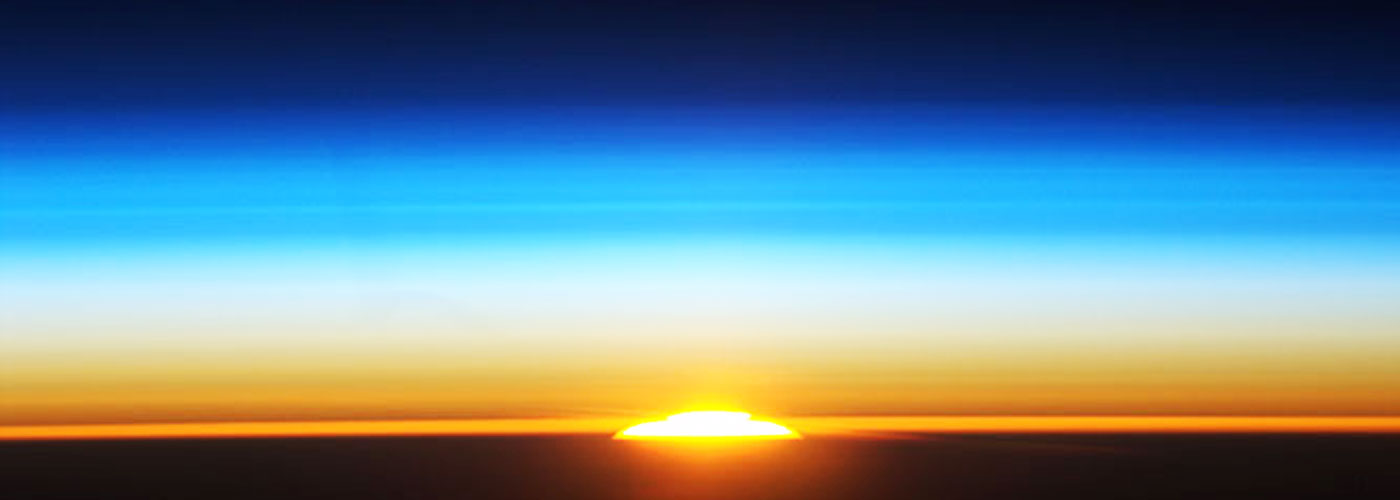A little over two years ago, I left my dream job as an astronaut, a career I worked my entire life to achieve. I left NASA for one overarching reason—to share a unique perspective of our planet that can have profound, positive effects on the trajectory of our global society. I left so I can share that perspective full-time.
Everything I have done since leaving NASA has been with the motive of communicating what I call the Orbital Perspective. I’ve written the book, The Orbital Perspective, and I am working on the full-length feature documentary, Orbital. I also help launch various startups (including the first civilian spaceflight training academy), and I teach the online course “Introduction to the Orbital Perspective” at Drexel University. Certainly, in all of my Unreasonable articles, I try to share the orbital perspective with readers.
The more people who are able to experience our planet from space, the better off all of us here on the surface will be. Tweet This Quote
What all these endeavors have in common and seek to achieve is communicate the transformative power of acquiring a big picture and long-term perspective of our planet. My hope has been to figuratively transport those involved to a higher vantage point, where all the pieces of the puzzle come into view.
Now, for the first time since leaving NASA, I will no longer be confined to just figuratively transporting people to this vantage point. Thanks to my new position as Chief Pilot at World View Enterprises, I will be able to literally transport people to the edge of space, where I believe many will experience a profound shift in their own worldview.
One of my main responsibilities will be to help develop the test program to do something that has never been done before—fly a crewed capsule under a steerable parachute from the edge of space and land gently back at a predetermined point on the Earth.
The World View balloon with the suspended crewed capsule.
Once our test program is complete, we will begin flying others to the edge of space. In the comfort of a shirtsleeve environment with massive windows to observe our planet, World View voyagers will enjoy a five-hour transformative experience. I truly believe the more people who are able to experience our home planet from that vantage point, the better off all of us here on the surface will be.
In addition to the customers who will pave the way and jumpstart this high-altitude industry (just as those flying with the early barnstormers paved the way for the airline industry), we plan on partnering with humanitarian, environmental, and educational organizations to accelerate the transformative effects of the program.
When we connect remote communities to the Internet, we will find solutions we never dreamed of from places we have never heard of. Tweet This Quote
In addition to bringing people to the edge of space, we will conduct experiments in the upper atmosphere and space environment. Large gaps remain in humanity’s knowledge of the upper atmosphere that limit our ability to model climate and weather patterns. World View’s plan for an unprecedented frequency of flights will enable a comprehensive study of our planet’s upper atmosphere.
The program also has profound implications for communications, Internet service, energy production and a myriad of other applications normally associated with the significantly more expensive satellite industry. To date, there has not been a strong effort to augment satellites in Earth orbit with high altitude balloons, which are considerably less expensive. These balloon systems can launch on demand, whereas satellites take years of planning and design to construct and launch. Once a satellite is launched, it retains whatever technology it was designed with. Balloon systems, however, can return for repairs and upgrades.
Using this technology, I look forward to working with organizations striving to provide Internet access to remote and impoverished communities around the world. We need to bring the 5 billion creative and problem-solving minds without access into the global conversation. Through this, we will find solutions we never dreamed of, from places we’ve never heard of.
Hurricane Irene at its peak, photo by Ron Garan/NASA
Additionally, World View has major implications for disaster response. One of the most critical things that can be lost in a serious storm or natural disaster is communications. World View Balloon communication platforms can be launched in response to (or in anticipation of) a natural disaster in order to re-establish communications capabilities to first responders and those affected—saving lives in the process.
True innovation is not just doing something that already exists better, but doing something completely new. Tweet This Quote
This team embraces the same entrepreneurial spirit that launched the aviation industry and understands that true innovation is not just doing something that already exists better, but doing something completely new that revolutionizes or creates industries.
The year 2016 will be exciting for World View and the commercial spaceflight industry, as we are creating an industry that presently doesn’t exist. I look forward to our upcoming flight tests and, in particular, our first crewed flight. Although we can’t predict exactly when this will happen, we are moving fast—our flight test program is well underway, and we are constructing a massive headquarters, a balloon manufacturing and testing facility, mission control and a launch pad co-located at Spaceport-Tucson.
Above all, what I look forward to is people experiencing a new perspective of our planet for the first time. Most importantly, what matters is what they do with that new perspective and how they change the world for the better.
A version of this post originally appeared on the Fragile Oasis blog.
